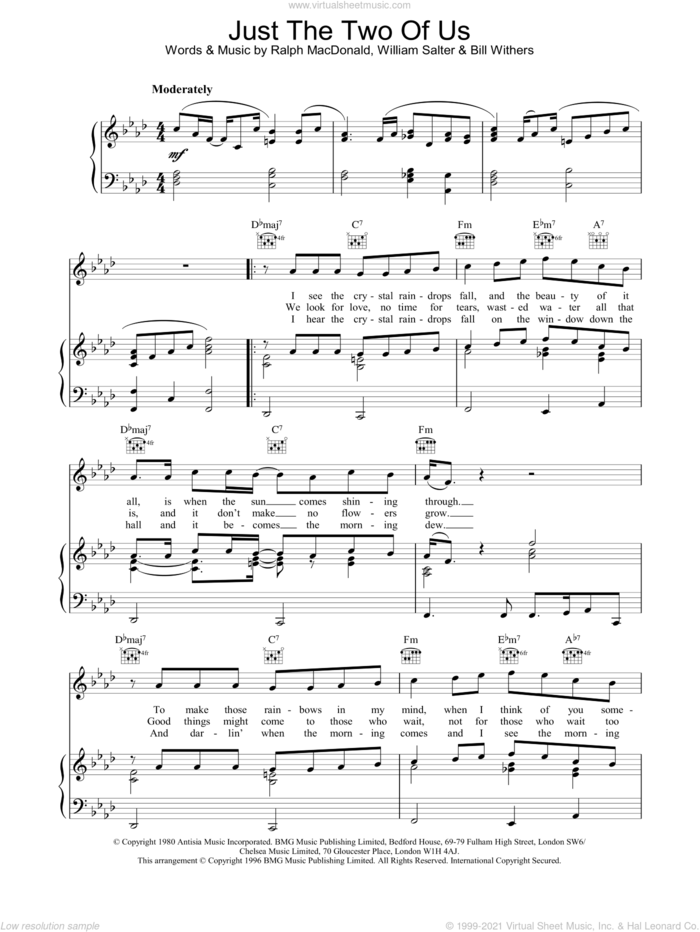

On the flipside, the A Minor scale has a darker, more foreboding tone, even though it’s made up of the same exact notes. With A Minor being the relative minor of C Major, although they have the same notes, they sound totally different when you hear them played.įor instance, the C Major scale – usually the very first scale that beginner guitarists learn – has a bright, cheerful tone to it. Take a look:Īs you can see, both scales share the same exact notes, but have a different starting point. For example, the A minor scale is the relative minor of the C major scale, as both scales share the same notes.

One little switch on that second note has the power to make you feel hope or dread.Ī relative minor scale sounds complicated, but really, it isn’t! Rather, a relative minor scale is a scale that shares all of the same notes as those of a major scale, but are played in a different order. But when it comes to determining major or minor chords, you’ll want to stay focused on the 3rd. Good catch! As you continue to learn, you’ll see how all these small changes create different scales. Play these minor scale chords and it sounds darker and heavier. This would become the A Natural Minor Scale and would be made up of these notes: A-B-C-D-E-F-G–A.
#Just the two of us piano chords full
In this case, take the C#, and drop it 1 full note down (half step down on the guitar neck). Focus on that 3rd, flattened note in the scale. Now, to turn this major scale into a minor scale. If you grab your guitar or bass and play these major scale chords, it’ll sound cheerful and welcoming. This 8th note is a half note higher than the 7th note.įor example, an A Major Scale would include the following notes: A-B-C#-D-E-F#-G#-A. 8th note, is the same as the root note – only one octave higher.7th note, which is one whole note higher than the 6th note.6th note, which is one whole note higher than the 5th.5th note, which is one whole note higher than the 4th note.

4th note, which is one whole note higher than the 3rd.3rd note, which is one half note higher than the 2nd note.2nd note, which is one whole note higher than the root note.1st note (or root note), which gives the scale its name.

This way, we can take a better look at the difference between a major scale - and its respective chord - and a minor scale.Ī scale is made up of 7 notes (8 notes, if you count the final note that bookends the scale): Let’s try visualizing how a minor scale is constructed vs. Constructing Major and Minor Chords & Scales And with practice, it’ll become second nature to transition between major and minor chords and learn the correct positioning for many of these chords. Once you know those “rules” and patterns, you can figure out pretty much anything on your own. This is what gives a minor chord its somber sound. In a minor scale, the 3rd note that comprises the scale or chord will always be flattened (or lowered) by a half-step. With these formulas in mind, a major scale will always contain a third (or major third) note, whereas a minor scale will never have a major third note in its construction. When trying to determine what is the difference between major and minor scales and chords, you can apply this formula to figure out the notes in any major or minor scale.


 0 kommentar(er)
0 kommentar(er)
